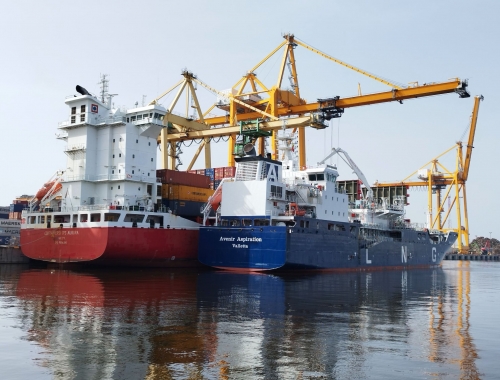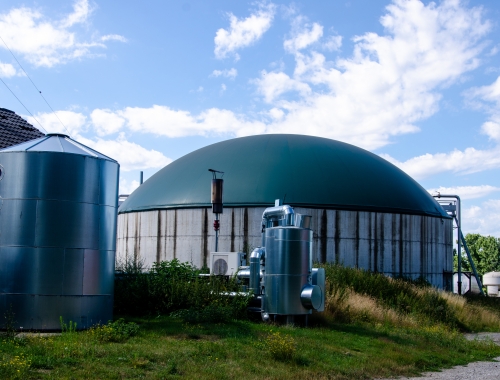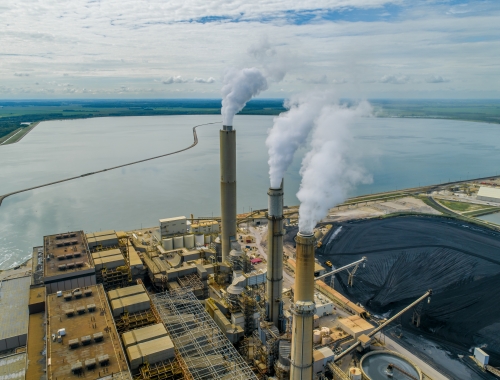Norway sees tech as key to producing more with fewer emissions
SUMMARY
Norway is a major oil and gas exporter, but its own economy relies heavily on renewables.
By Daniel GraeberPOSTED IN:
The Norwegian government said November 11 it was pursuing new technology that could yield more production from the continental shelf but with lower emissions.
The Norwegian Petroleum Directorate (NPD), the nation’s energy regulator, said it was pursuing technology such as capturing flue gas for later injection, using low-emission sources of power generation and utilising CO2 for improved oil recovery.
"We're particularly focused on technologies that can help discover more, produce more and reduce emissions,” said NPD technology coordinator Arvid Osthus. “These areas are important for the development of the Norwegian shelf, and we want them to be high priorities for the licensees in the production licenses."
Analysis from consultant group Wood Mackenzie finds that Norwegian efforts to electrify its offshore platforms has already paid off with an emissions savings of around 25%.
“Tackling the power source for offshore installations is a vital step in the decarbonisation journey,” their report read. “With around two-thirds of operating emissions coming from power consumption – production, processing and liquefaction – switching to low-carbon power from renewable sources can achieve significant savings.”
Norway already has a leadership position in carbon capture and storage (CCS) technology, with several major projects in the pipeline including Longship. The NPD estimates that there is the capacity to store as much as 80bn metric tons of CO2 in the Norwegian continental shelf.
While the Norwegian economy is largely powered by renewables, the NPD believes that storage capacity is the equivalent of 1,000 years of total Norwegian emissions.







